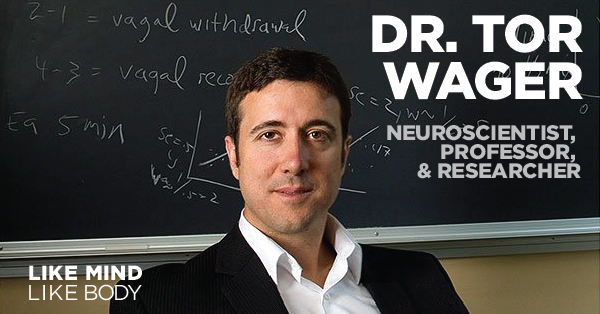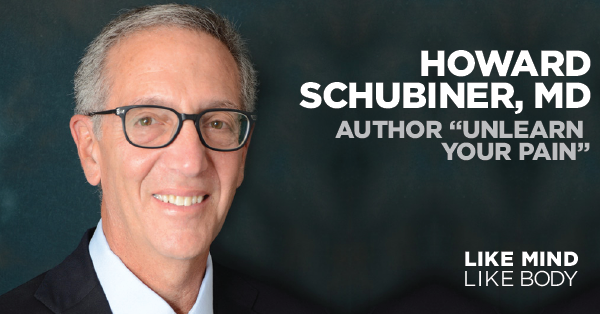Large-Scale Study Results: Curable Receives #1 Top Score in Quality Assessment of Apps for Persistent Pain
The study reviewed and evaluated the quality of 19 apps for self-management of persistent pain symptoms.
A study published in the Journal of Medical Internet Research in New Zealand analyzed 19 smartphone apps for quality of promoting self-management of chronic pain symptoms.
In the results, the Curable app...
🏆 Was the #1 top scoring app in the overall quality assessment
🏆 Was the ONLY app to provide comprehensive pain neuroscience education and guided relaxation for pain management
🏆 Received the highest score for self-management skills of chronic pain
🏆 Included the highest number of core self-management skills
The study focused on the importance of including multiple strategies and methodologies for pain management, as this may result in higher chances of pain relief.
Overall, 3 of the included apps (Curable, Mindfulness Daily, and SuperBetter) did include 5 out of the 6 core self-management skills, suggesting that apps used after or alongside face-to-face care could be a feasible mechanism for providing ongoing self-management support.
Another important app feature the study looked for was comprehensive pain science education. Providing users with this can be a form of therapy on its own, often called Therapeutic Neuroscience Education. A better understanding of how pain works has been shown to help people experience less pain, less fear of the pain and increased mobility.
Pain education and activity pacing, 2 widely used self-management strategies were infrequently present in the included apps. For the purpose of the review, pain education was defined relative to concepts of pain neuroscience education, information on pain-stress-depression, medication, and sleep management. Pain neuroscience education has been shown to improve long-term improvements in pain-related disability and functioning. Except for the Curable app, which provided comprehensive pain education via an interactive virtual pain coach, it is a significant omission that pain education and support for activity pacing were absent from most apps.
Read the full study here and learn more about Curable below!


